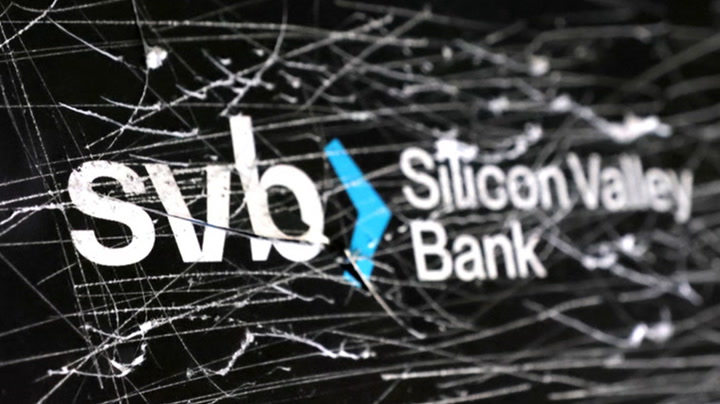The Collapse of the 16th Largest U.S. Bank
Silicon Valley Bank – (SVB), the 16th largest bank in the U.S. (at the start of last week) – had been operational for 40 years and was considered a reliable source of funding for tech start-ups.
SVB Financial Group’s holdings were hit hard by the Fed’s aggressive interest rate hikes, and their value dropped dramatically — causing depositors to panic and withdraw their funds.
Is the collapse more the product of a faulty system or is the bank itself to blame or more to the point is the Fed to blame?
Greed
High profile investor Michael Burry called out what he described as greed and ‘stupid risks’ in the sector.
‘2000, 2008, 2023, it is always the same,’ Burry, who gained fame for successfully betting against the subprime mortgage market in 2008, was quoted as saying on Sunday, ‘People full of hubris and greed take stupid risks, and fail. Money is then printed. Because it works so well.’
Were the Regulators asleep at the wheel?
It has been reported that many analysts suggest that regulators were asleep at the wheel. SVB reportedly had a strategy of relying on corporate deposits as opposed to retail and holding a large proportion of assets in loans and securities, actually made it significantly riskier. Maybe this should have been questioned by the regulators.
Broken Regulation?
Some also argue now that the bank’s downfall was due to its greed for yield: its holdings were disproportionately exposed to long-term interest rates, which are currently at a 15-year high in a FED effort to bring down rampant inflation. The increase in rates smashed the value of SVB’s securities, which subsequently damaged confidence.
Where are the Regulators?
Where were the banking sector regulators? There should be very serious questions asked about how the system failed to identify these issues.
Isn’t this is a fundamental embarrassment to the U.S. Federal Reserve and for the banking regulators as a whole? The Fed’s effort to curb inflation through higher interest rates potentially bred this problem.
However, unlike the 2008 financial sub-prime banking crisis and the subsequent failure of Lehman Brothers and the restructuring of the banking sector – this banking problem, and potential contagion, was quickly contained. But was the Fed’s monetary policy to blame overall?
Maybe we did learn something from the previous mistakes? And then again maybe not.
